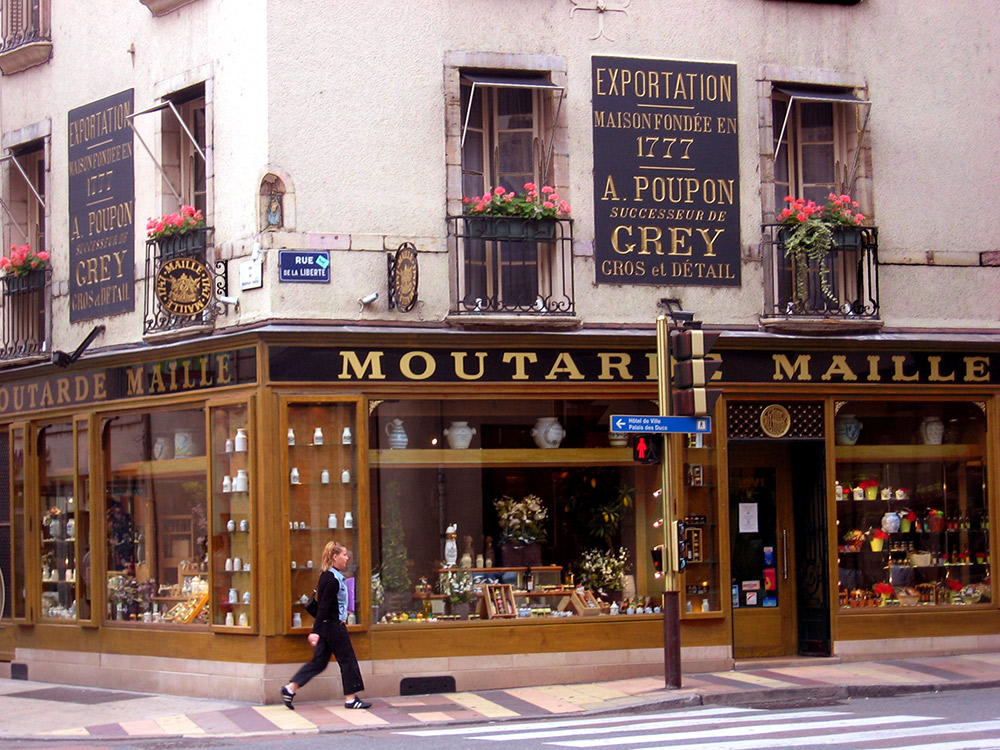- In this series of blog articles, we’ll take you deeper into the cultures and habitats of the places we explore on National Geographic Journeys with G Adventures. We’ve partnered with National Geographic to offer meaningful encounters, interactions with knowledgeable local experts, and the freedom to roam. It’s adventure, enhanced!
When you think of Burgundy, the region in central France, your mind may go immediately to wine. It’s understandable: some of the country’s most famous — and best — wines come from the vineyards and historic vintages in the region. But there’s much more to Burgundy than amazing wine. Here are five things you might not know about the area. Already think you’d like to go? Take our Where To Next quiz for the chance to win a trip of your choice from National Geographic and G Adventures.

Burgundy will leave its mark on you.
1. It’s the birthplace of Dijon mustard
If you happen to know that the capital of the Burgundy region is a city called Dijon, this may come as no surprise. Dijon mustard was first used in the 14th century, and became popular in 1856, when vinegar, one of the main ingredients in mustard, was replaced with verjus — the juice of unripe grapes — by Dijon painter Jean Naijon.

Dijon is the capital of the Burgundy region. Photo courtesy Alison C.
2. It once had the world’s largest church
The Romanesque Cluny Abbey was the largest church in the world for a few years in the 4th century, shortly after construction began. However, it was overtaken mid-century when construction began on the famous St. Peter’s Basilica in Vatican City.
3. It’s the birthplace of the Eiffel Tower (sort of)
The Eiffel Tower in Paris is one of the world’s most famous landmarks and tourist attractions, but its namesake wasn’t born in the City of Light. Gustave Eiffel was born in Dijon in 1832, and in 1879 founded the company that would design his namesake tower (Eiffel also contributed to the design of the Statue of Liberty).

Gustave Eiffel hails from Burgundy.
4. Burgundy has the largest navigable river network in France
There are more than 1,000km (621 mi) of sailable rivers and canals in the Burgundy region, passing through scenic towns, lush, green landscapes, and historic communities in the area.

With more than 1,000 kilometres of waterways, Burgundy has the largest network in the country. Photo courtesy Maureen B.
5. It’s great for birdwatching
The lush greenery and plentiful waterways in Burgundy make the region great for all sorts of flora and fauna — specifically of the two-winged variety. More than 160 types of birds call Burgundy home.
Getting There
National Geographic Journeys with G Adventures are a collection of unique tours designed to take you deeper into the cultures and habitats of the places we explore. They offer more inclusions, greater hands-on exploration, interactions with local experts, and the freedom to roam, all within the structure and security of travelling in a small group. Explore Burgundy today!























